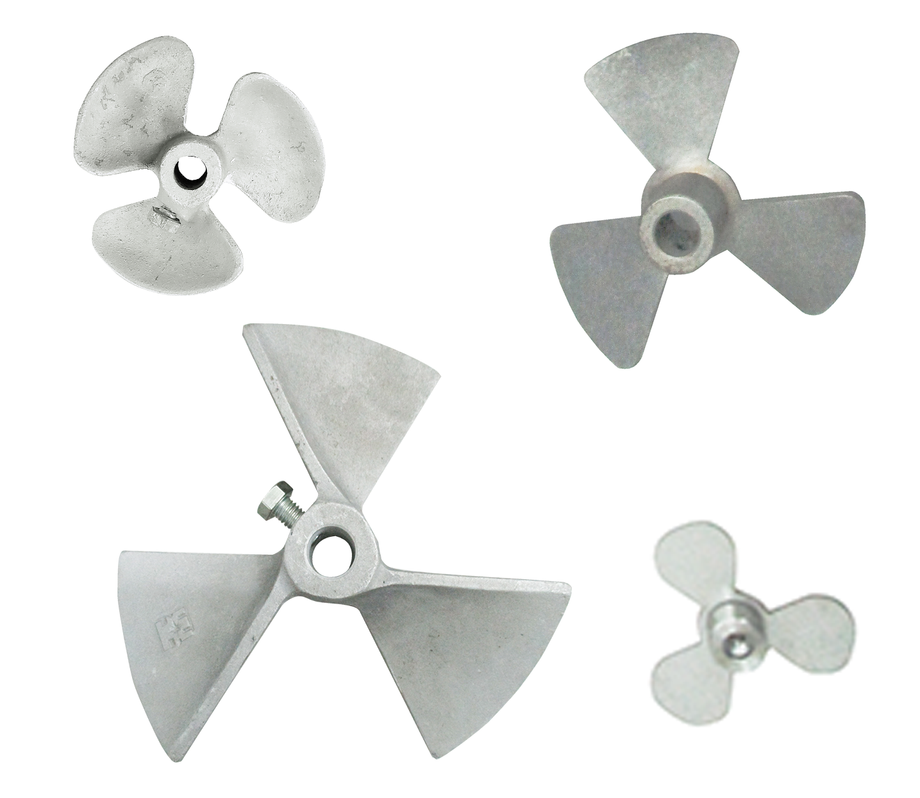Plural Component Pumps: Precision Mixing for Industrial Applications
In the world of industrial coatings and applications, precision and efficiency are paramount. Plural component pumps, often called plural component proportioning pumps, are indispensable tools in this field, ensuring that two or more components are mixed in precise ratios to create coatings, adhesives, and materials with consistent quality. In this article, we'll explore what plural component pumps are, how they work, and their critical role in various industrial applications.
Understanding Plural Component Pumps:
A plural component pump is a specialized piece of equipment used in industries such as manufacturing, construction, automotive, and aerospace. It is designed to mix and dispense two or more components, such as resins, adhesives, paints, or coatings, in precise ratios. These pumps are used to create a homogeneous mixture of components just before application, ensuring consistent quality and performance.
How Do Plural Component Pumps Work?
Plural component pumps work by precisely metering and mixing two or more components and then delivering the mixed material to the point of application. Here's a simplified overview of the process:
Metering: Each component (usually referred to as "Component A" and "Component B") is stored in separate containers or tanks. Plural component pumps have metering systems that measure the exact amount of each component to be mixed.
Mixing: Once the components are metered, they are mixed together in a dedicated mixing chamber or static mixer. This ensures thorough blending of the components, achieving the desired chemical reaction and properties.
Dispensing: The mixed material is then pumped through hoses or pipes to the application site, where it can be sprayed, coated, or applied in the desired manner.
Precision Control: Plural component pumps offer precise control over the mixing ratio, flow rate, and pressure, allowing operators to tailor the application to the specific requirements of the job.
Applications of Plural Component Pumps:
Plural component pumps find use in a wide range of industrial applications due to their ability to accurately mix and dispense various materials. Some common applications include:
Coatings and Painting: Plural component pumps are used to apply protective coatings on surfaces, such as pipelines, bridges, and industrial equipment. They are also employed in automotive and aerospace painting processes.
Adhesive Bonding: In manufacturing and construction, these pumps are crucial for bonding materials together with precision, ensuring strong and durable joints.
Sealants and Gaskets: Plural component pumps are used to apply sealants and gaskets in automotive, construction, and manufacturing applications, providing leak-proof and airtight seals.
Polyurethane Foam Production: Plural component pumps play a vital role in the production of polyurethane foam for insulation, packaging, and construction.
Concrete Repair and Restoration: They are used to apply epoxy resins and repair mortars in concrete restoration and repair projects.
Mining and Quarrying: In mining operations, plural component pumps are used to apply protective coatings to equipment and infrastructure for corrosion resistance.
Benefits of Plural Component Pumps:
The use of plural component pumps offers several significant advantages in industrial applications:
Precision Mixing: These pumps ensure that components are mixed in the exact ratios required, resulting in consistent product quality.
Time Efficiency: Plural component pumps allow for on-demand mixing and application, reducing wastage of materials and saving time compared to manual mixing.
Cost Savings: Efficient material usage and reduced labor costs contribute to overall cost savings in industrial processes.
Customization: Operators can adjust mixing ratios and application parameters to meet specific project requirements.
Consistency: Plural component pumps provide consistent coating thickness and adhesive bonding, eliminating variations in product quality.
Reduced Waste: Precise mixing reduces material waste and minimizes the environmental impact of industrial processes.
Types of Plural Component Pumps:
Plural component pumps come in various types and configurations to suit different applications:
Gear Pumps: These pumps use gears to meter and mix components. They are known for their accuracy and durability.
Piston Pumps: Piston pumps use reciprocating pistons to meter and mix materials. They are ideal for high-pressure applications.
Diaphragm Pumps: Diaphragm pumps use flexible diaphragms to meter and mix components. They are suitable for abrasive materials and applications where cross-contamination must be avoided.
Progressive Cavity Pumps: These pumps use a helical rotor and stator to move and mix materials. They are versatile and can handle a wide range of viscosities.
Peristaltic Pumps: Peristaltic pumps use a flexible tubing system to move and mix materials. They are gentle on shear-sensitive materials and are easy to clean.
Safety Considerations:
Using plural component pumps requires strict adherence to safety protocols:
Personal Protective Equipment : Operators should wear appropriate PPE, including gloves, safety goggles, and respiratory protection, depending on the materials being handled.
Ventilation: Adequate ventilation is crucial to prevent the buildup of fumes or vapors in the workspace.
Training: Proper training is essential to ensure that operators can safely and effectively operate plural component pumps.
Maintenance: Regular maintenance and inspection of the pumps are necessary to identify and address potential issues that could compromise safety.
For More Info:-

Comments
Post a Comment